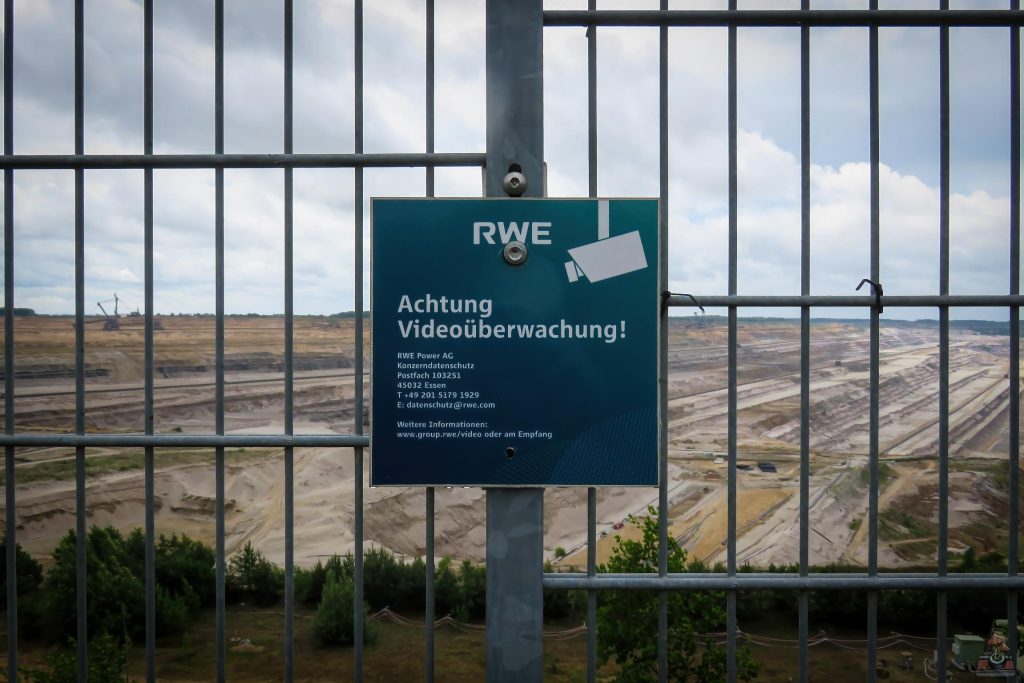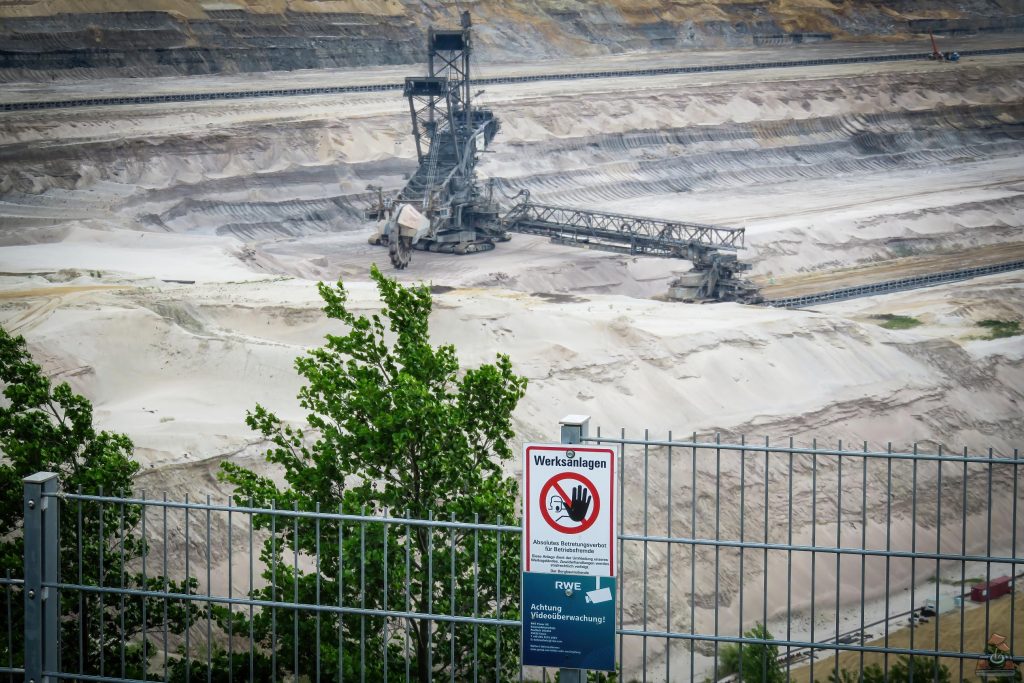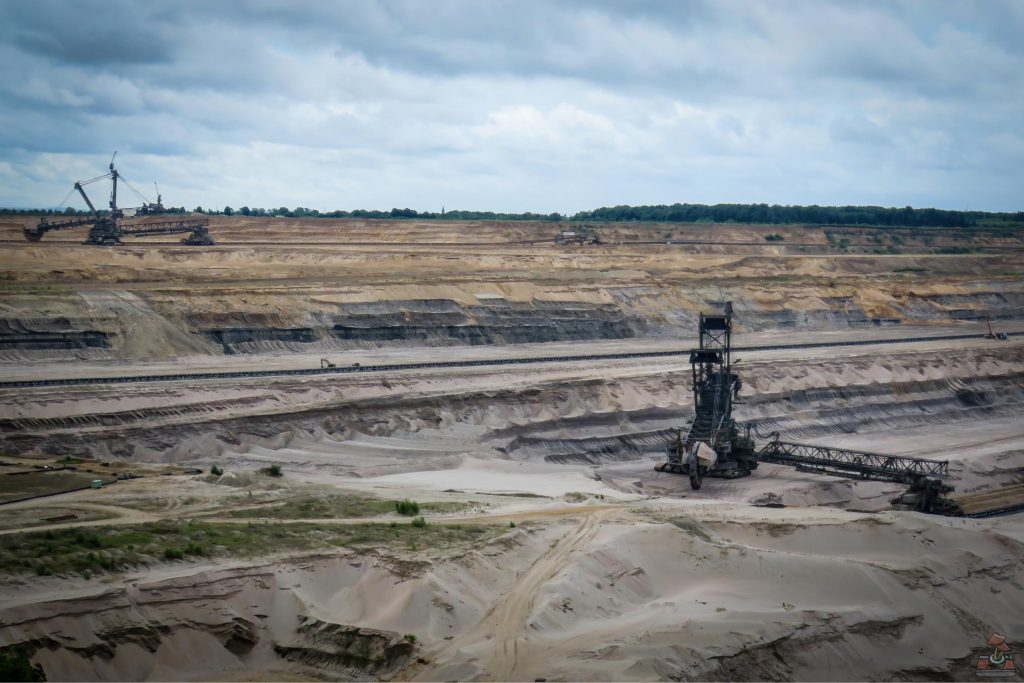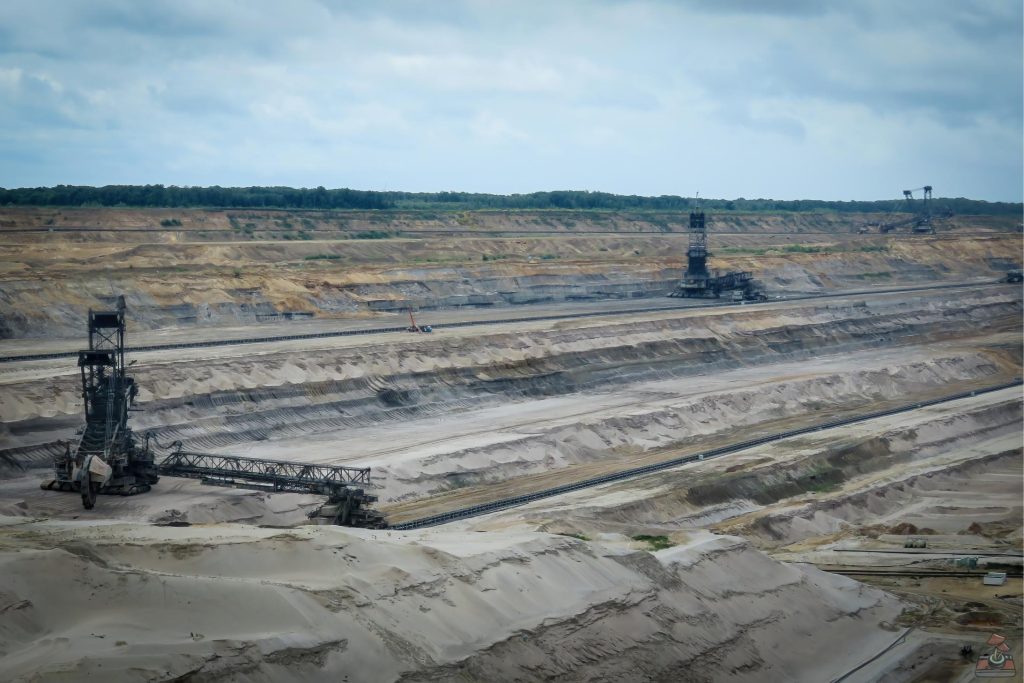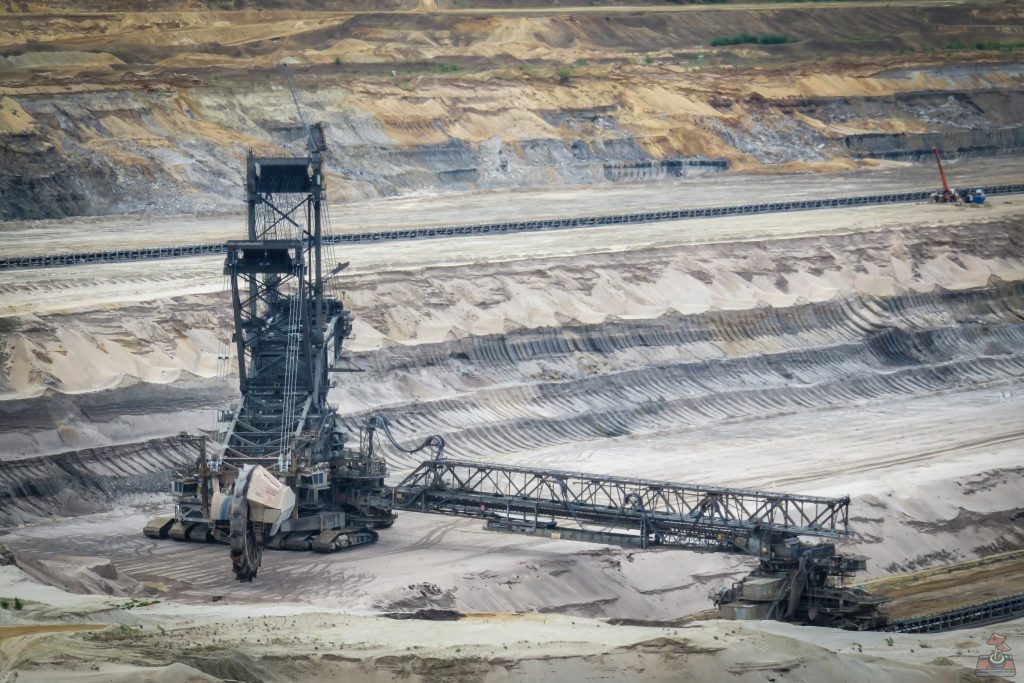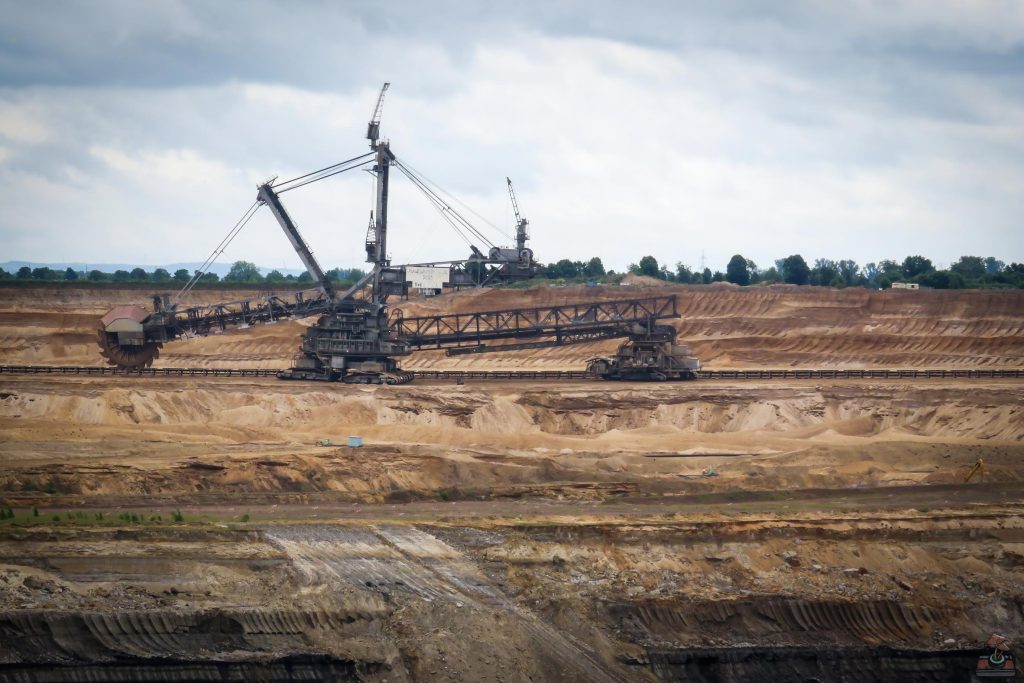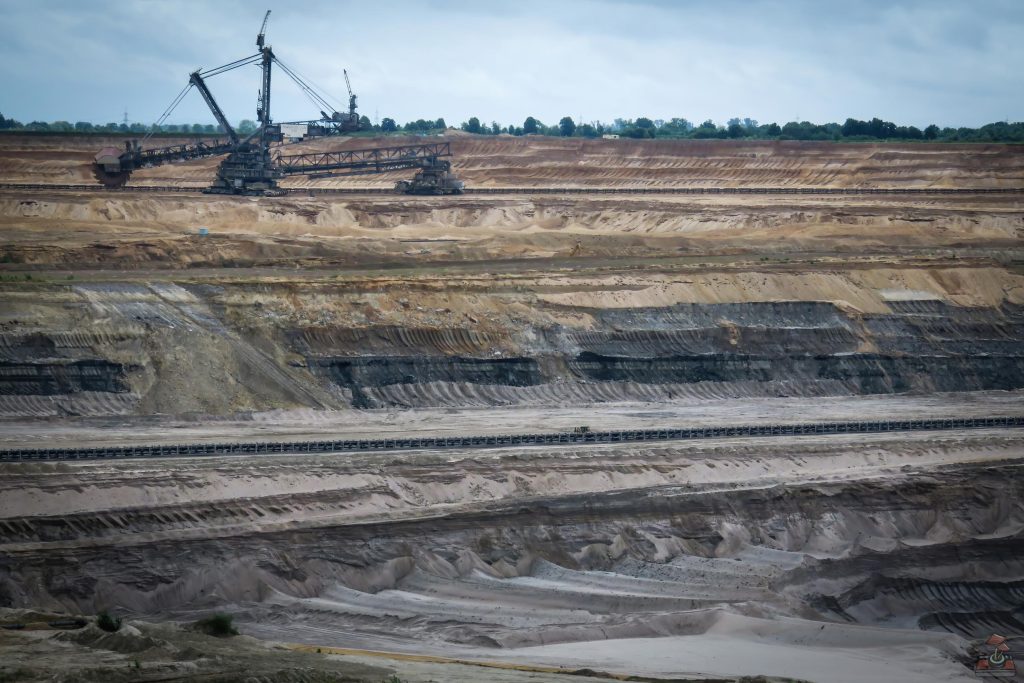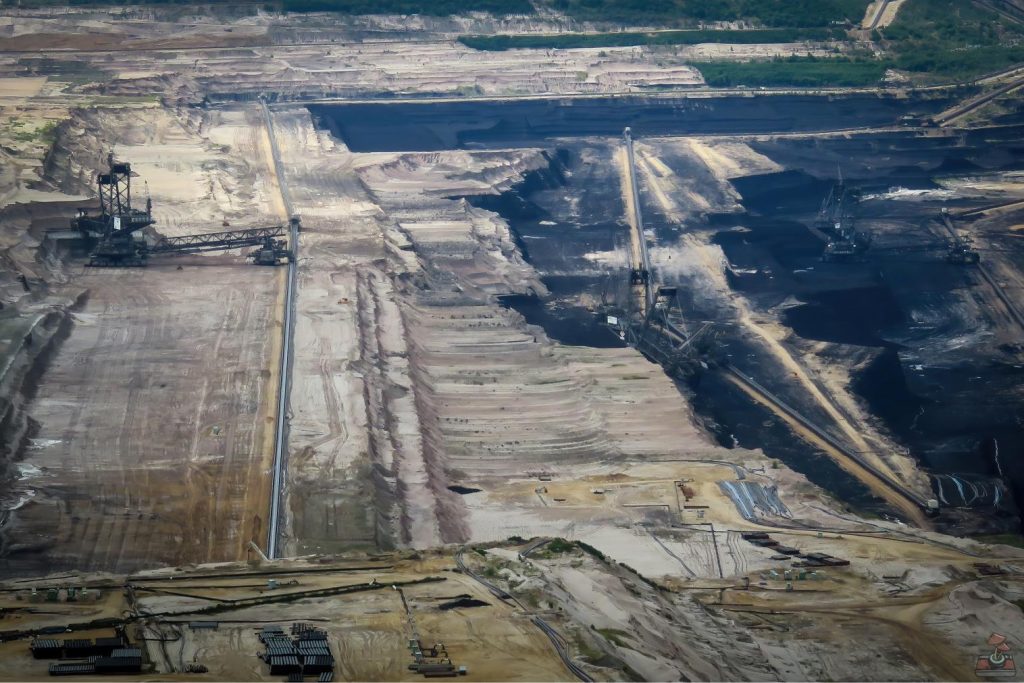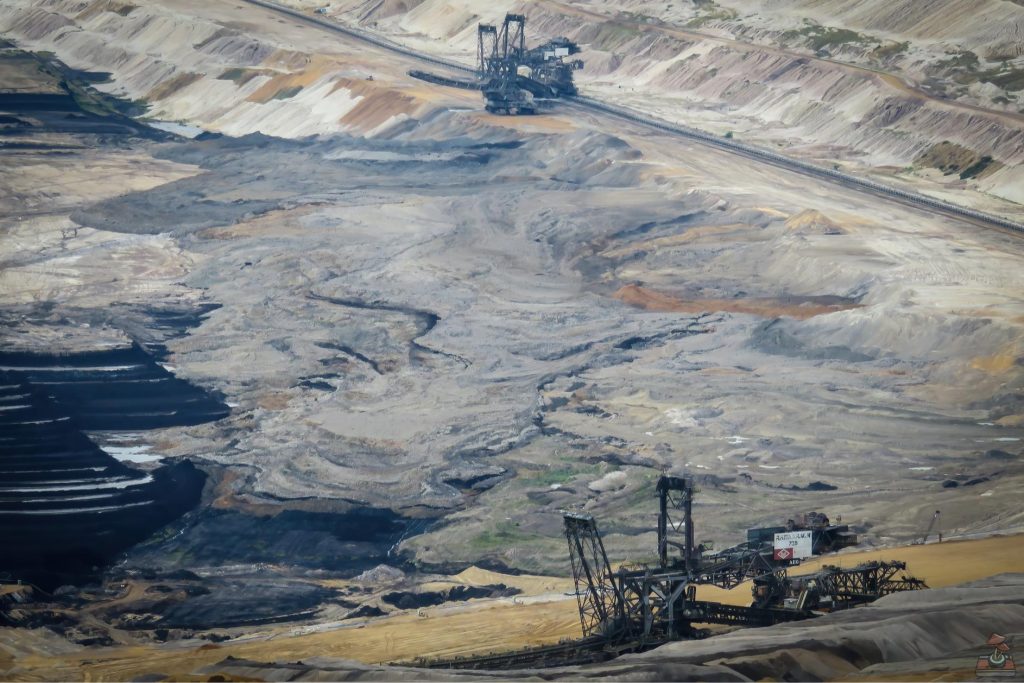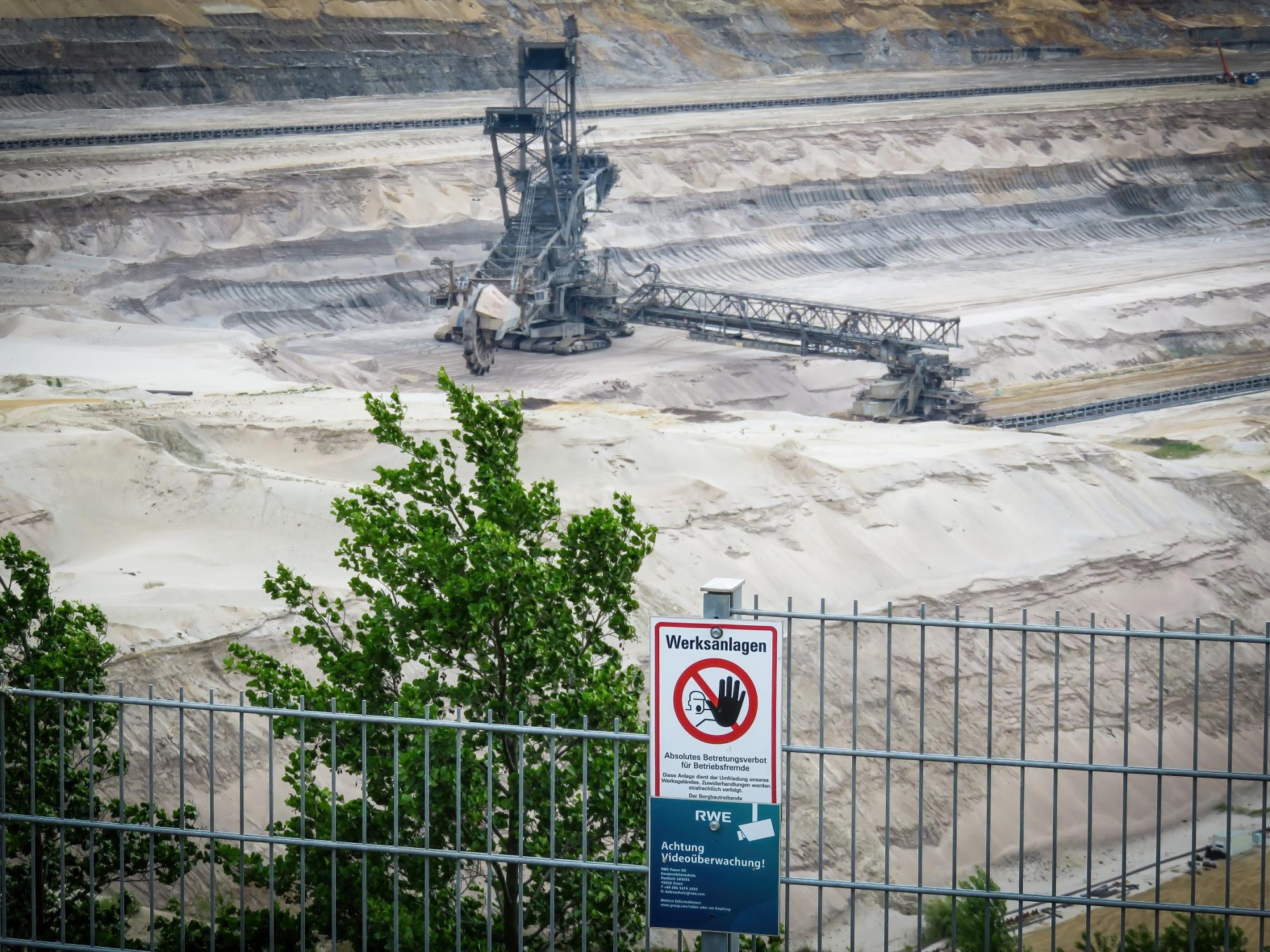History
Tagebau Hambach is one of the largest lignite (brown coal) mines in Germany, situated in the state of North Rhine-Westphalia, between the cities of Cologne and Aachen. It is operated by RWE Power AG and has played a significant role in Germany’s energy production, supplying lignite to several nearby power stations since the late 20th century.
Work on the mine began in 1978, following extensive planning and the relocation of several communities. Over the years, Tagebau Hambach expanded rapidly, eventually becoming the deepest open-pit mine in Germany. To access the coal beneath the earth, vast areas of land were excavated, including large sections of the ancient Hambach Forest, which had stood for over 12,000 years.
Throughout the 1980s and 1990s, the mine was seen as a symbol of industrial progress. However, by the early 2000s, it had become a growing point of environmental contention. As public awareness of climate change increased, so too did opposition to the continued expansion of lignite mining. The destruction of the remaining Hambach Forest sparked widespread protests, with environmental activists occupying the area to prevent further clearance.
In 2018, these protests gained national and international attention. Demonstrators, supported by environmental organisations, resisted police efforts to remove them from treehouses built in the forest canopy. Legal challenges also emerged, resulting in a temporary halt to further forest clearing. The Hambach Forest became a symbol of Germany’s broader struggle to transition away from fossil fuels.
In 2020, the German government passed legislation to phase out coal by 2038, with increasing political pressure pushing for an earlier exit by 2030. This shift in policy marked the beginning of the end for large-scale lignite mining in the country, including operations at Tagebau Hambach.
Today, while some mining activity continues, the site is being prepared for long-term closure and environmental rehabilitation. Plans include transforming the vast pit into a lake and restoring natural landscapes in the surrounding area. Tagebau Hambach stands as a powerful reminder of the tension between industrial development and environmental preservation in modern Germany.
